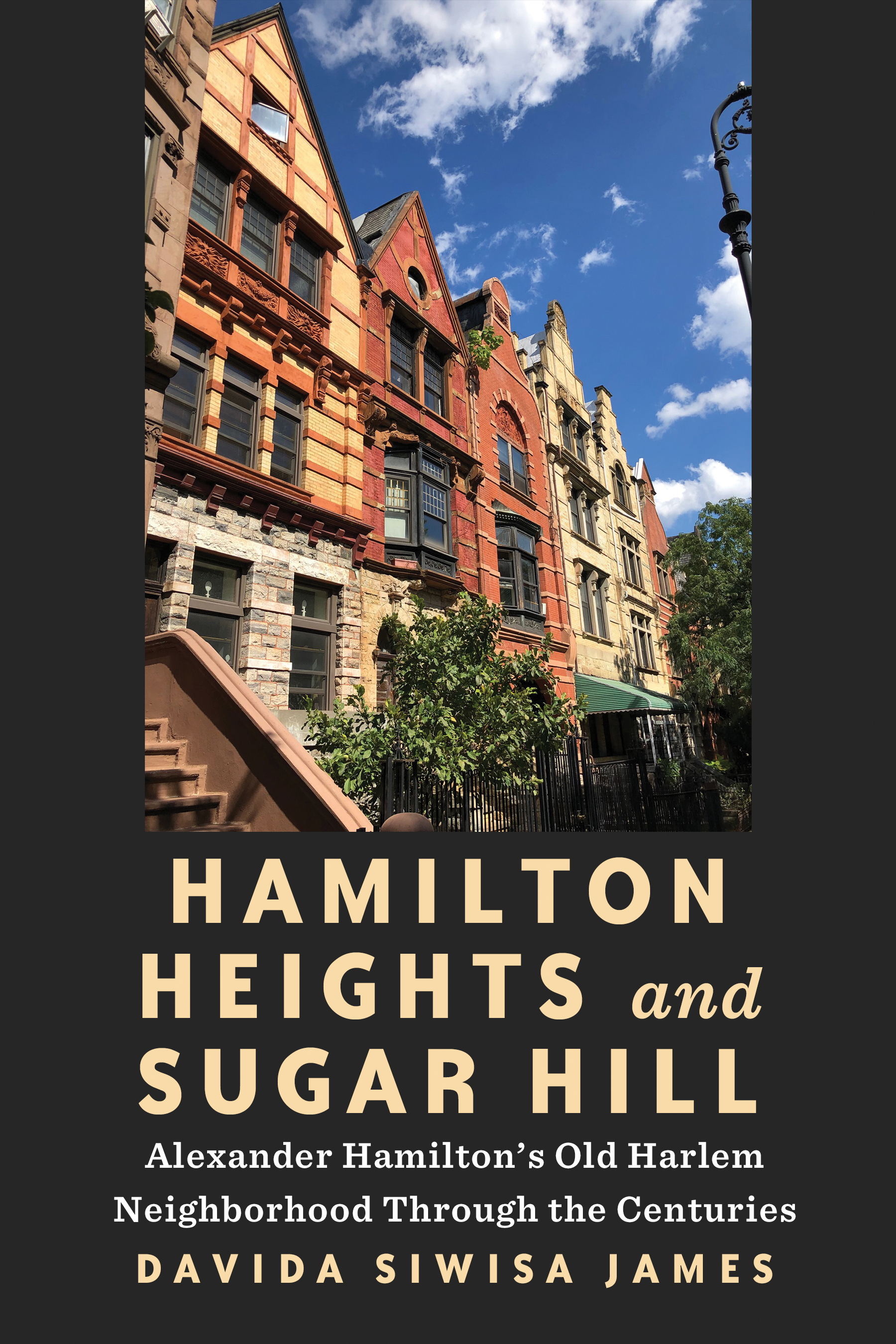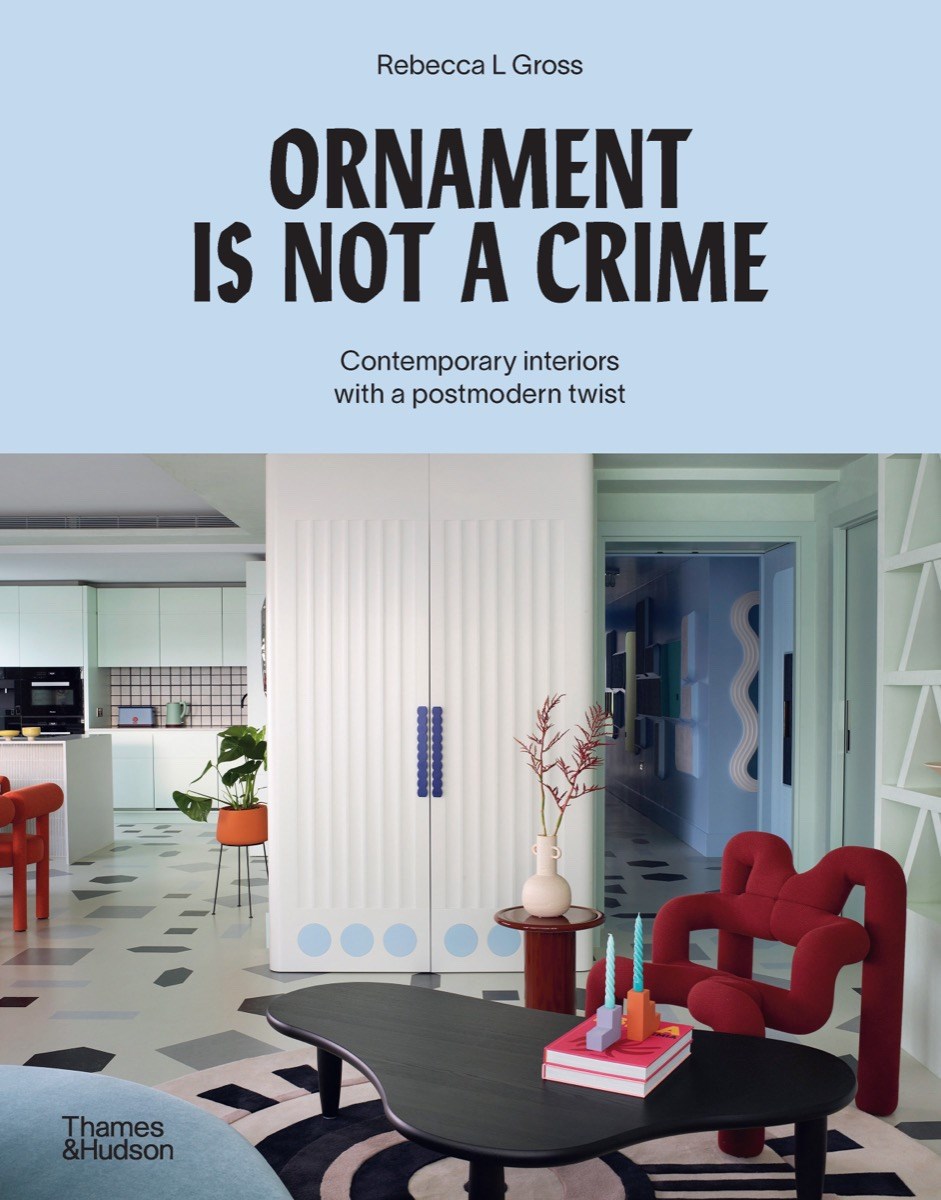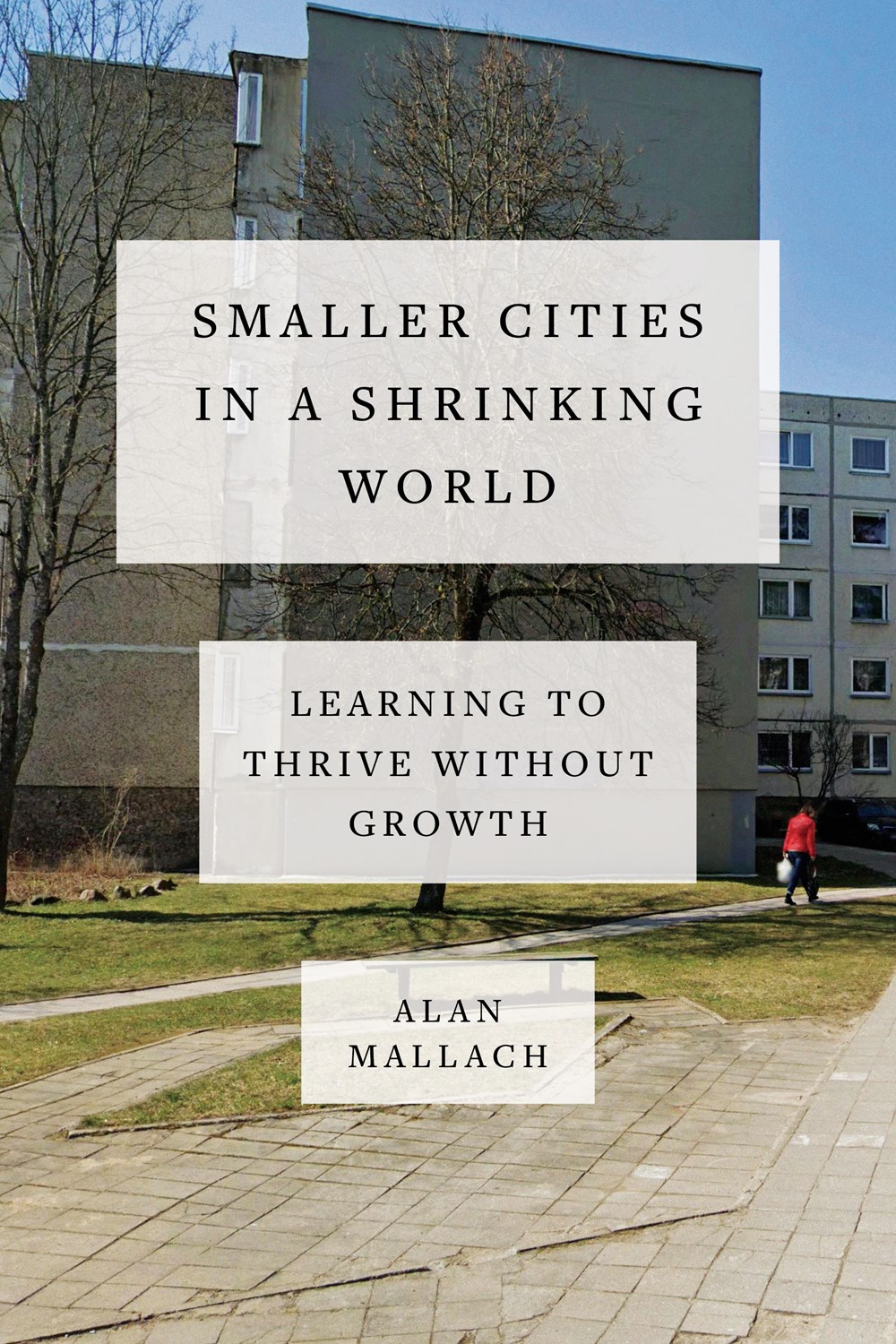Amy Trendler
39 Articles
Last 30 days
Last 6 months
Last 12 months
Last 24 months
Specific Dates
From:
To:
PREMIUM
Hamilton Heights and Sugar Hill: Alexander Hamilton’s Old Harlem Neighborhood Through the Centuries
A fascinating record of the history and culture of influential neighborhoods in Harlem.
PREMIUM
Ornament Is Not a Crime: Contemporary Interiors with a Postmodern Twist
A useful and well-illustrated survey of contemporary practitioners and examples of postmodern design.
PREMIUM
Postindustrial DIY: Recovering American Rust Belt Icons
A readable, accessible, comprehensive account of the stories of defunct factories, grain silos, and train stations that focuses on their possibility and promise as postindustrial sites.
PREMIUM
Smaller Cities in a Shrinking World: Learning To Thrive Without Growth
Of interest for libraries that cover city planning, landscape architecture, or urban design. This book would also be at home in libraries where readers are curious about economics, geography, political science, or the environment.
PREMIUM
Ithra, A Home for the World: The King Abdulaziz Center for World Culture
Visually documents and details the history of a complex and visionary work of architecture.
PREMIUM
The Brutalists: Brutalism’s Best Architects
Useful as a guide to the architects who defined, spread, and, in some cases, still practice the brutalist style of architecture. Consider for libraries where books on brutalist architecture are popular or for collections in need of a title that introduces the subject.
PREMIUM
The Greening of America’s Building Codes: Promises and Paradoxes
Written for an architecture and construction audience, this history and critique of the greening of building codes would also be a good addition for collections with a focus on sustainability and ecology.
PREMIUM
The Story of Architecture
An engaging and readable account of the history of the western architectural canon.
The Women Who Changed Architecture
 As a collection of women architects’ biographies, this is a worthwhile book for architecture collections. As an effort to reframe women’s impact, contributions, and participation in the profession of architecture, it is essential for collections that cover architecture or design.
As a collection of women architects’ biographies, this is a worthwhile book for architecture collections. As an effort to reframe women’s impact, contributions, and participation in the profession of architecture, it is essential for collections that cover architecture or design.
ALREADY A SUBSCRIBER? LOG IN
We are currently offering this content for free. Sign up now to activate your personal profile, where you can save articles for future viewing










